Vinod Sharma
Performance of Queueing Models for MISO Content-Centric Networks
Nov 15, 2021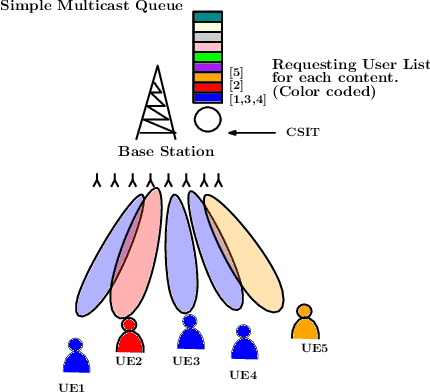
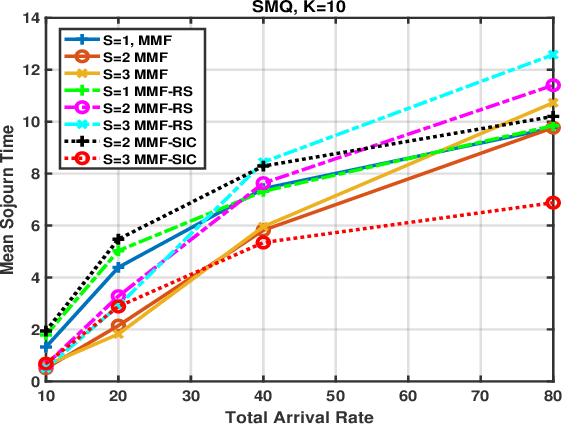
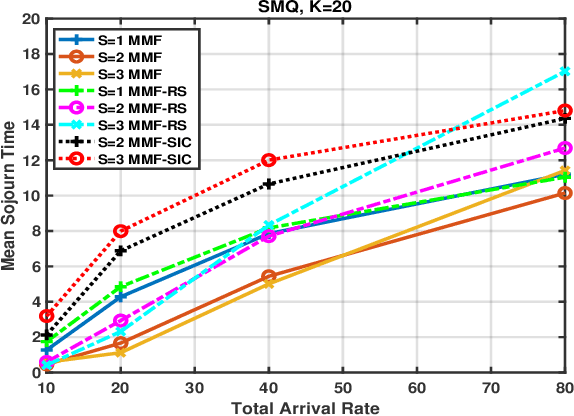
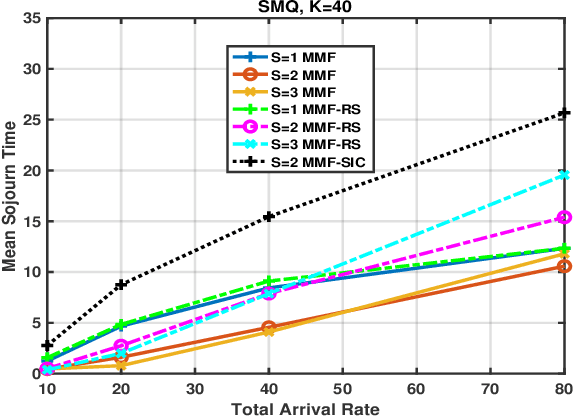
Abstract:MISO networks have garnered attention in wireless content-centric networks due to the additional degrees of freedoms they provide. Several beamforming techniques such as NOMA, OMA, SDMA and Rate splitting have been proposed for such networks. These techniques utilise the redundancy in the content requests across users and leverage the spatial multicast and multiplexing gains of multi-antenna transmit beamforming to improve the content delivery rate. However, queueing delays and user traffic dynamics which significantly affect the performance of these schemes, have generally been ignored. We study queueing delays in the downlink for several scheduling and beamforming schemes in content-centric networks, with one base-station possessing multiple transmit antennas. These schemes are studied along with a recently proposed Simple Multicast Queue, to improve the delay performance of the network. This work is particularly relevant for content delivery in 5G and eMBB networks.
Deep Reinforcement Learning Based Power control for Wireless Multicast Systems
Oct 24, 2019

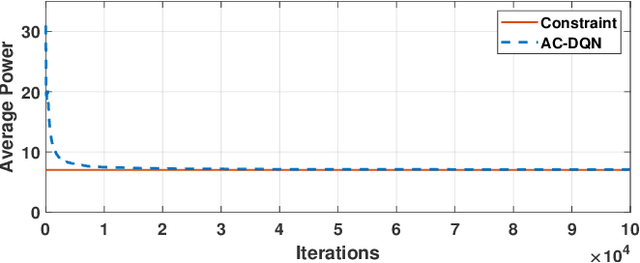
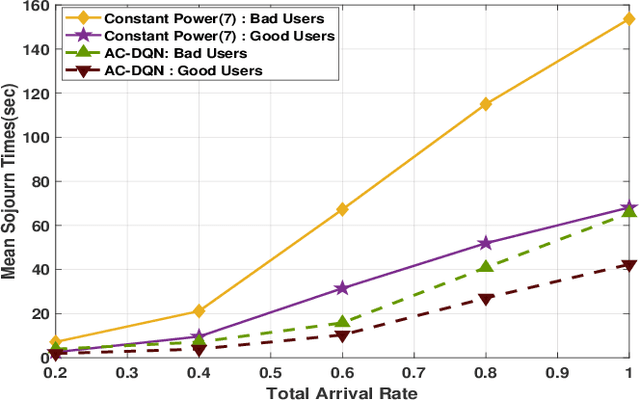
Abstract:We consider a multicast scheme recently proposed for a wireless downlink in [1]. It was shown earlier that power control can significantly improve its performance. However for this system, obtaining optimal power control is intractable because of a very large state space. Therefore in this paper we use deep reinforcement learning where we use function approximation of the Q-function via a deep neural network. We show that optimal power control can be learnt for reasonably large systems via this approach. The average power constraint is ensured via a Lagrange multiplier, which is also learnt. Finally, we demonstrate that a slight modification of the learning algorithm allows the optimal control to track the time varying system statistics.
Performance Based Evaluation of Various Machine Learning Classification Techniques for Chronic Kidney Disease Diagnosis
Jul 18, 2016



Abstract:Areas where Artificial Intelligence (AI) & related fields are finding their applications are increasing day by day, moving from core areas of computer science they are finding their applications in various other domains.In recent times Machine Learning i.e. a sub-domain of AI has been widely used in order to assist medical experts and doctors in the prediction, diagnosis and prognosis of various diseases and other medical disorders. In this manuscript the authors applied various machine learning algorithms to a problem in the domain of medical diagnosis and analyzed their efficiency in predicting the results. The problem selected for the study is the diagnosis of the Chronic Kidney Disease.The dataset used for the study consists of 400 instances and 24 attributes. The authors evaluated 12 classification techniques by applying them to the Chronic Kidney Disease data. In order to calculate efficiency, results of the prediction by candidate methods were compared with the actual medical results of the subject.The various metrics used for performance evaluation are predictive accuracy, precision, sensitivity and specificity. The results indicate that decision-tree performed best with nearly the accuracy of 98.6%, sensitivity of 0.9720, precision of 1 and specificity of 1.
* 6 pages, 4 figures, 2 tables
Resource Allocation in a MAC with and without security via Game Theoretic Learning
Jul 05, 2016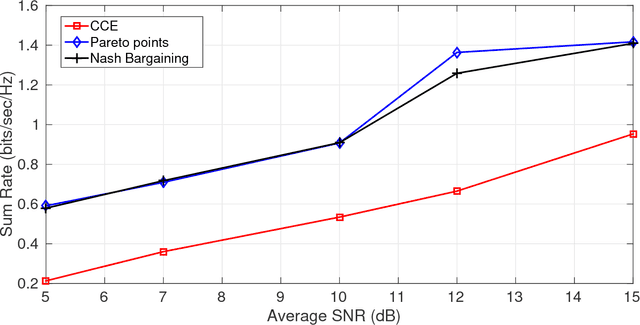
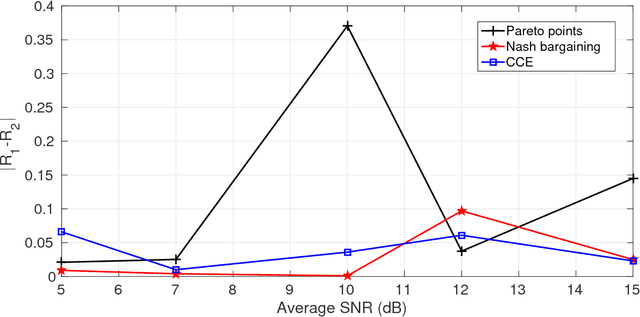
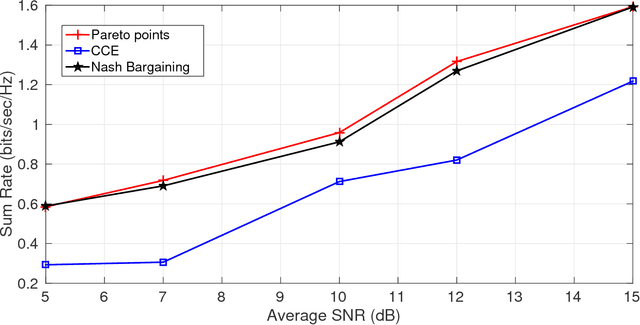
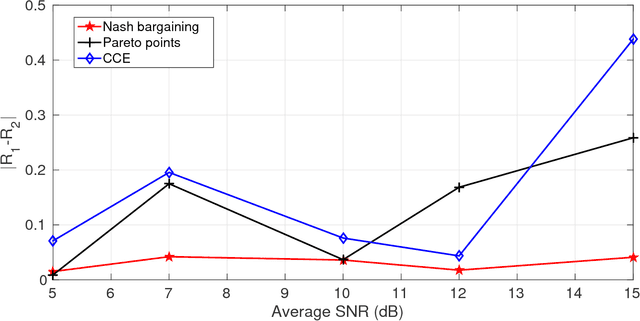
Abstract:In this paper a $K$-user fading multiple access channel with and without security constraints is studied. First we consider a F-MAC without the security constraints. Under the assumption of individual CSI of users, we propose the problem of power allocation as a stochastic game when the receiver sends an ACK or a NACK depending on whether it was able to decode the message or not. We have used Multiplicative weight no-regret algorithm to obtain a Coarse Correlated Equilibrium (CCE). Then we consider the case when the users can decode ACK/NACK of each other. In this scenario we provide an algorithm to maximize the weighted sum-utility of all the users and obtain a Pareto optimal point. PP is socially optimal but may be unfair to individual users. Next we consider the case where the users can cooperate with each other so as to disagree with the policy which will be unfair to individual user. We then obtain a Nash bargaining solution, which in addition to being Pareto optimal, is also fair to each user. Next we study a $K$-user fading multiple access wiretap Channel with CSI of Eve available to the users. We use the previous algorithms to obtain a CCE, PP and a NBS. Next we consider the case where each user does not know the CSI of Eve but only its distribution. In that case we use secrecy outage as the criterion for the receiver to send an ACK or a NACK. Here also we use the previous algorithms to obtain a CCE, PP or a NBS. Finally we show that our algorithms can be extended to the case where a user can transmit at different rates. At the end we provide a few examples to compute different solutions and compare them under different CSI scenarios.
 Add to Chrome
Add to Chrome Add to Firefox
Add to Firefox Add to Edge
Add to Edge